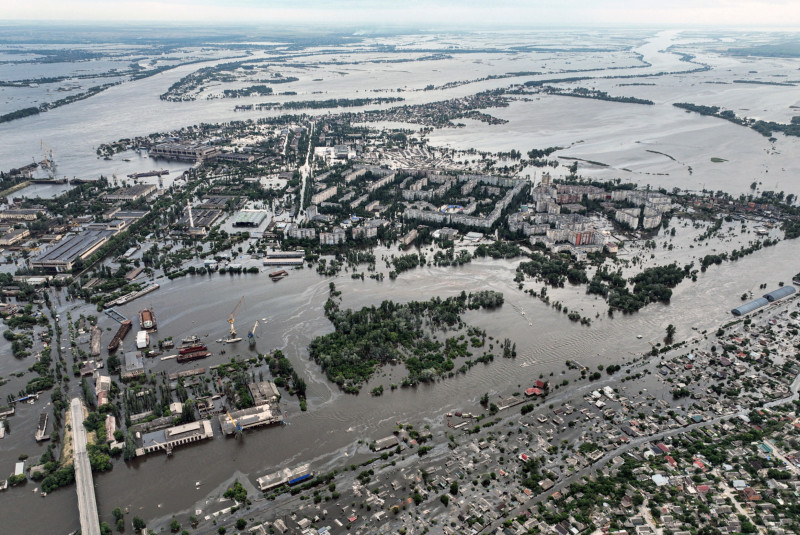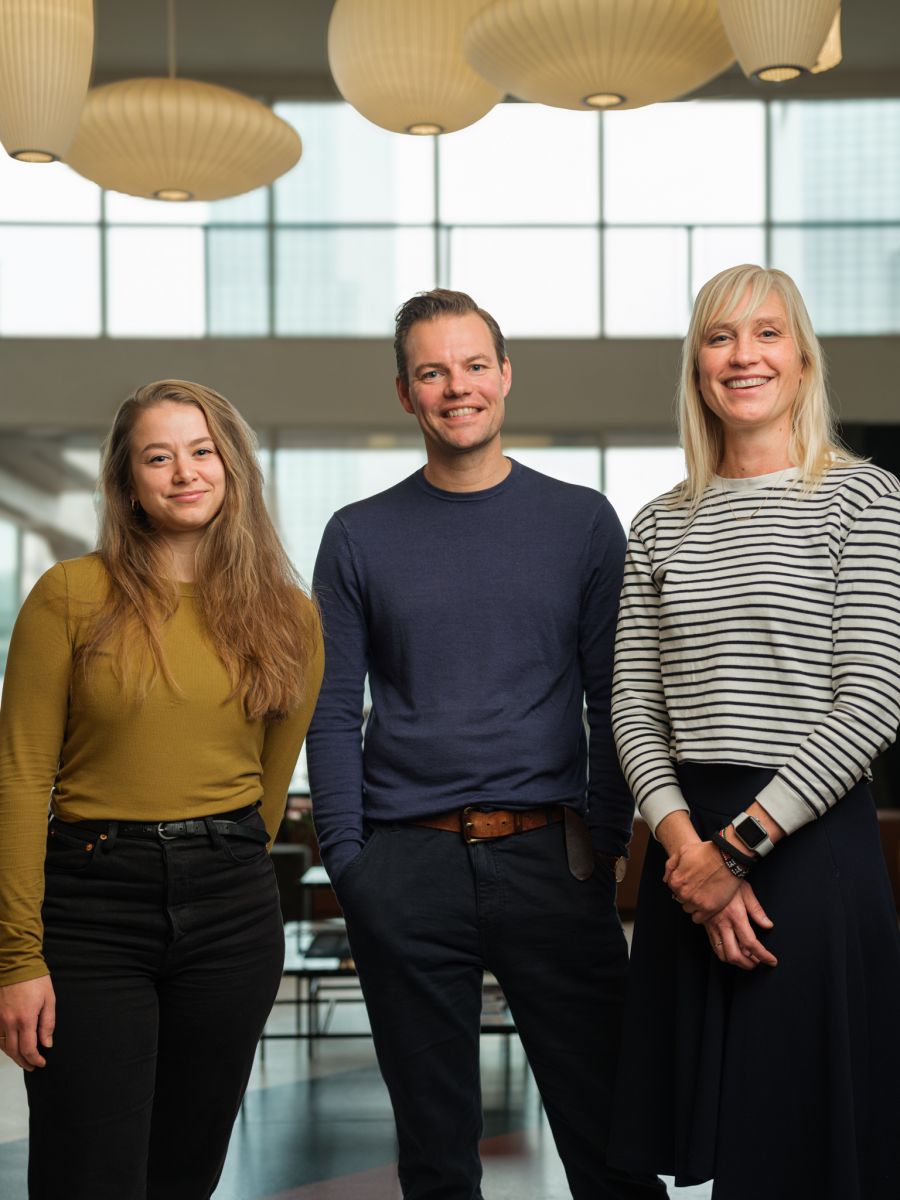Table-9 Table 9 Urgent Urbanism

The terrible and devastating situation in the Dnipro Delta deeply affects us, but it provides us with an opportunity for reflection and forward-thinking this week. The Netherlands has a rich history with water, living in dynamic deltas, and adapting to life in these regions. This history has shaped our culture, identity, and capacity for innovation. Currently, the Netherlands and other countries in the Northwestern Delta are facing devastating floods with all their consequences. It's imperative for us to collectively search for socio-ecological design principles and new forms of urban biotopes that can adapt and benefit from the forces of nature.
We propose a design study in which we prioritize the ecological and social urban design. Our research approach seeks forms of urban and regional restoration in the Dnipro Delta. Our aim is to let the river flow more naturally and we wish to explore the outcomes that embrace the forces of nature, acknowledging that water levels, flow speeds, and river branches are dynamic and will continue to be so in the future.
Focus of the table
Although we reflect on the Delta region as a whole, we zoom in on the edges between settlement and nature. We focus on transition zones between (existing) devastated remnants of urban neighborhoods and affected villages and these (new) fertile river channels. For our table, we pick one case study in which we can intervene precisely at this juncture. The goal is to come up with structural plans and flexible, adaptive living/working and learning typologies that are quick to establish (and dismantlable) on one hand, yet also align with a sustainable, resilient socio-ecological framework for the delta.
By deliberately exploring the edges, transitions, and in-between spaces, we want to investigate from a human-centered perspective and visualize how these new communities look, function, and relate to the dynamics of nature. We also seek to examine how the new local and regional socio-ecological economy appears, so that the devastated flanks of these riverbeds can evolve into exemplary and adaptive socio-ecological urban biotopes where people can reconnect, establish a stronger relationship with nature and the environment, and unlock a new economy no longer focused on profit and efficiency but on social (community) value and (collective) health."

Robbert Jan van der Veen – Urban Designer
Robbert Jan van der Veen (1981) is a Dutch urban designer and founder of ECHO Urban Design in Rotterdam. Robbert Jan designs, leads, and supervises large-scale and complex urban designs and masterplans, from the initial vision to execution. This involves comprehensive collaboration and persuasive skills with architects, stakeholders, and involved parties. ECHO Urban Design is a leading international design firm specializing in social ecological urban design. Among its notable projects are the ZOHO Rotterdam Masterplan in the Netherlands and the Mallee Manufacture Lausanne Masterplan in Switzerland. Robbert Jan graduated with honors from TU Delft in Urban Design in 2007 and has been actively engaged in education, lectures, educational development, and coordinating transdisciplinary programs since then. In 2020, Robbert Jan was honored with the Laureate 40 under 40 Next New Talented Generation of European Architects and Designers for his international projects with ECHO. His book 'Biotope City? A 90 degree turnaround mindset’ is set to be published in 2024 by the internationally renowned publisher Birkhauser from Switzerland.
Nora Kooijmans – Landscape Architect
Nora Kooijmans (1993) is a landscape architect specializing in climate-responsive design. With a strong focus on resilience and sustainability, she aims to ensure future-proof design in all her projects. Employing a systemic approach to design, her goal is to always integrate the design within larger ecological, human, and technological systems. She believes that changing and improving these interconnected and dynamic systems leads to meaningful, sustainable, and high-quality habitats. She relishes the complexity of the multitude of systems converging in an urban context, as it inspires her to innovate and create detailed designs that foster unique, comfortable, and vibrant environments.
Esmee Bais – Architect
Esmee Bais (1980) is a curious and enthusiastic designer. Driven to uncover a project's unique values and develop the design from there, she finds the challenge of complex assignments incredibly inspiring. Her aim is to create layered designs with a human perspective. Esmee's approach involves connecting people so that diverse perspectives converge in the design process. By sharing knowledge in this manner, she actively continues learning from other disciplines. Her specialty as a designer lies in the crossover between architecture and urban design, exploring how these two intertwine and strengthen each other. Her primary focus remains on the human scale at every level of a project. "I love the city and its dynamism; it compels us to constantly view the same place with a fresh perspective!"
Table 1 Future proof just land use and land ownership
Table 2 Innovative Rainwater Management
Table 3 strategies for regeneration of the river bed and river
Table 4 BACKWARDS FREESTYLE
Table 5 The Space that Water Leaves Behind
Table 6 free fertile land
Table 7 System mind-mapping
Table 8 Great meadow
Table 9 Urgent Urbanism

